The term ‘materiality’ originates from accounting and legal practice, where it simply refers to what is relevant and significant. Conducting a double materiality assessment is crucial for a comprehensive approach to ESG/sustainability because it demonstrates that you have thoroughly analysed, understood, and prioritised the social and environmental issues that pose risks and opportunities for you and your stakeholders.

Materiality is a core part of sustainability management best practices and a requirement of voluntary guidance for sustainability management and reporting (GRI) and also the European Union Corporate Sustainability Reporting Directive (CSRD) and the European Sustainability Reporting Standards (ESRS), where it is termed Double Materiality.
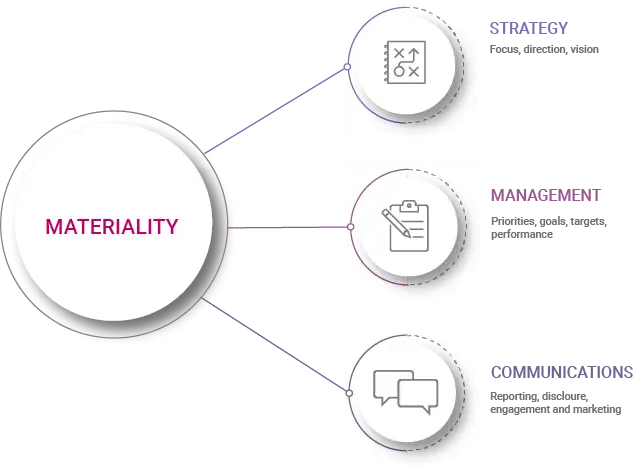
Double Materiality refers to two dimensions:
1. Impact materiality – a consideration and prioritisation of the impacts and risks that a company’s operations and business model poses to the environment and society through the resources that they depend upon and the effects of their operations and products.
2. Financial materiality – the extent and impact of risks and opportunities posed by social and environmental issues, trends and regulations on the company and its ability to generate value over time.
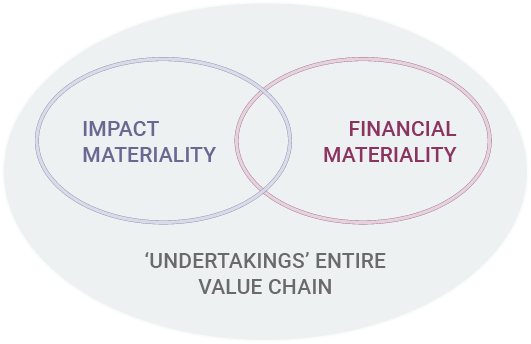
A double materiality approach is vital for your business as an overemphasis on simplistic enterprise value-based approaches can lead to missing or understating wider impacts, risks and opportunities presented by environmental and social issues and challenges. These in turn present unrecognised or unmanaged risks to the company through regulation, NGO or other stakeholder action or to a wider social licence to operate.
International Sustainability Standards Board (ISSB) – approach to materiality
Another emerging area of disclosure of general sustainability-related information and specific climate information is reflected in the IFRS’s ISSB (International Finance Regulatory Standards’ International Sustainability Standards Board) Standards. These establish the information that will be required to comply with accounting disclosures for specific financial audiences, alongside conventional financial disclosures in Annual Reports and Accounts.
The ISSB standards also require companies to undertake an assessment of materiality, but this is crucially different to the approach taken by the European Union’s Double Materiality approach as it is focussed solely upon an investor audience – and therefore the assessment and disclosure of sustainability and climate information if it is financially material.
This is expressed by the IFRS as “…information is material if omitting, obscuring or misstating it could be reasonably expected to influence investor decisions”.
Whether ESRS or IFRS – the same assessment is required, but the filters will vary
Companies seeking to undertake materiality assessment, whether it is for reporting against the European ESRS or to IFRS standards, will need to undertake the same types of initial assessment and analysis, in order to identify sustainability impacts risks and opportunities.
The place where approaches would diverge is in an assessment of which issues would be filtered out to present a final list of material issues.
MATERIALITY ASSESSMENT – Common Traps
Our experience has given us valuable insights into what you should avoid to get materiality right.
Materiality assessment is fundamental to good sustainability management and disclosure, but it can sometimes lack effectiveness if it is:
- Not context specific – materiality assessment is a process, but it must be tuned adequately to the company and sector to ensure that all relevant potential material issues are identified.
- Not linked to individual company strategy and ambition – materiality is not just about spotting impacts and risks, but also about understanding what (and how) sustainability issues can present opportunities for growth and outperformance.
- Too backwards looking – new, developing, and fast-moving topics should be considered.
- Too short-sighted – time horizons for sustainability issues can be longer than for conventional business risks.
- Too narrow – and misses out on potentially critical stakeholder perspectives.
- Not transparent and defendable – a good materiality assessment should allow you to be clear, through disclosure and other communication to stakeholders, how it has been undertaken and why the material issues have been identified.

At a glance…what types of issues are likely to be material for you?
Material issues (or matters) are those which present sources of impact, risk and opportunity to your organisation, and they can vary widely depending on your sector and business model.
However, at a high level, issues are likely to be material to you:
- Where your organisation’s activities pose a risk to the environment or society.
- Where environmental and/or social issues present a risk to your organisation.
- Where an issue affects your organisation’s core operations.
- Where an issue does or could affect your reputation.
Double Materiality Assessment Services
We have put materiality assessment and analysis at the heart of our strategic sustainability services for nearly two decades.

We provide CSRD/ESRS-compliant double materiality assessment as a standalone service or as a part of our wider sustainability strategy and management services.
This enables our clients to better understand, justify and communicate their sustainability approach to stakeholders and to ensure clarity of management effort and a focus on performance improvement.
Our Double Materiality Assessment services are compliant with best practice guidance, based upon tried and tested processes and derived from our deep experience in diverse sectors.
What’s Involved in Double Materiality Assessment?
We use common tools and processes for different materiality assessments, but the depth and complexity required depends upon the nature of your organisation, its activities and impacts – and equally importantly your objectives.
Double Materiality Assessment should always be designed to fit your needs, so a useful first step is simply to arrange a call with one of our partners and we can discuss what would work for you.
Example Double Materiality process
Typically an end-to-end Double Materiality assessment includes:
- Issue research (known as Impacts, Risks & Opportunities [IROs] in CSRD) – also known as aspects or matters, looking at various sources including international best practice guidance
- Review of sector-led issues, peers and comptetitoirs
- Stakeholder mapping, engagement and interviews and/or surveys
- IRO analysis and prioritisation
- IRO filtering according to required disclosure thresholds
- Leadership engagement, decision-making and IRO assessment – often via a workshop
- Identification of strategic pillars for ongoing management
- Disclosure-ready content – production of materiality briefing and assessment outputs suitable for external disclosure to stakeholders or in formal reports.
Selected Materiality Case Studies
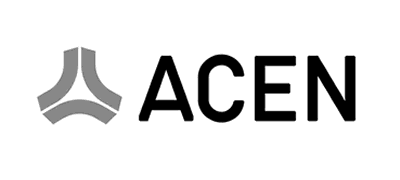
Acen
Advice and guidance on best practice in materiality best practice for Southeast Asia’s only pure-play renewable energy company.
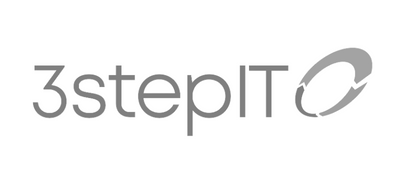
3StepIT
Technology and circular economy leaders 3StepIT engaged us to undertake a full materiality assessment through research, online survey and workshops with senior leadership. This work produced a double materiality assessment and recommendations for the management of material issues to provide foundations for Go Circular – their 5-year ESG strategy.
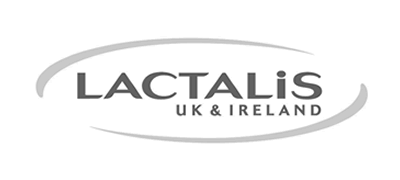
Lactalis
Lactalis wanted to better understand their priority sustainability issues to underpin their new strategy. This was rooted in the materiality assessment we undertook, to identify issues of critical importance to stakeholders and the company and establish their core areas of focus for management.

Hallmark UK & Ireland
We worked with the globally recognised greetings and gifts company to undertake a full materiality assessment through research, online survey and workshops with senior leadership to develop a materiality assessment and recommendations for the management of material issues to form the foundations of their 3-year sustainability strategy.

Clarks
As part of our ongoing strategic advisory with Clarks, we have provided advice and guidance on best practice in materiality best practice to the global footwear brand.

RNLI
The RNLI is a UK charity, dedicated to saving lives at sea. We provided guidance and strategic advice for the development of their approach to materiality assessment including wide-reaching stakeholder engagement.
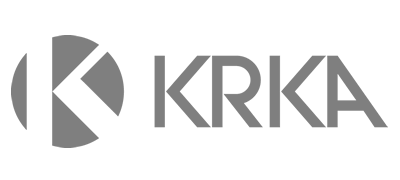
Krka
We provided advice and guidance on best practice in materiality for Krka, a fast-growing generic pharmaceuticals and veterinary medicine business, including stakeholder survey design and the interpretation of results.
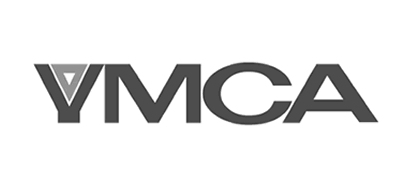
YMCA
As part of our support for YMCA Fairthorne Group to help accelerate their sustainability approach and performance, we undertook a materiality assessment through workshops with staff teams and senior leadership to develop a materiality matrix and recommendations for the management of material issues.


Can we help you?
We’ve worked with companies in the UK, Europe and
beyond to develop materiality assessments, ranging from SMEs to large multinational businesses and charities.
We can help you develop a materiality assessment that’s right for you.
Book a chat with one of our partners to explore how we might help you – there’s no obligation!
